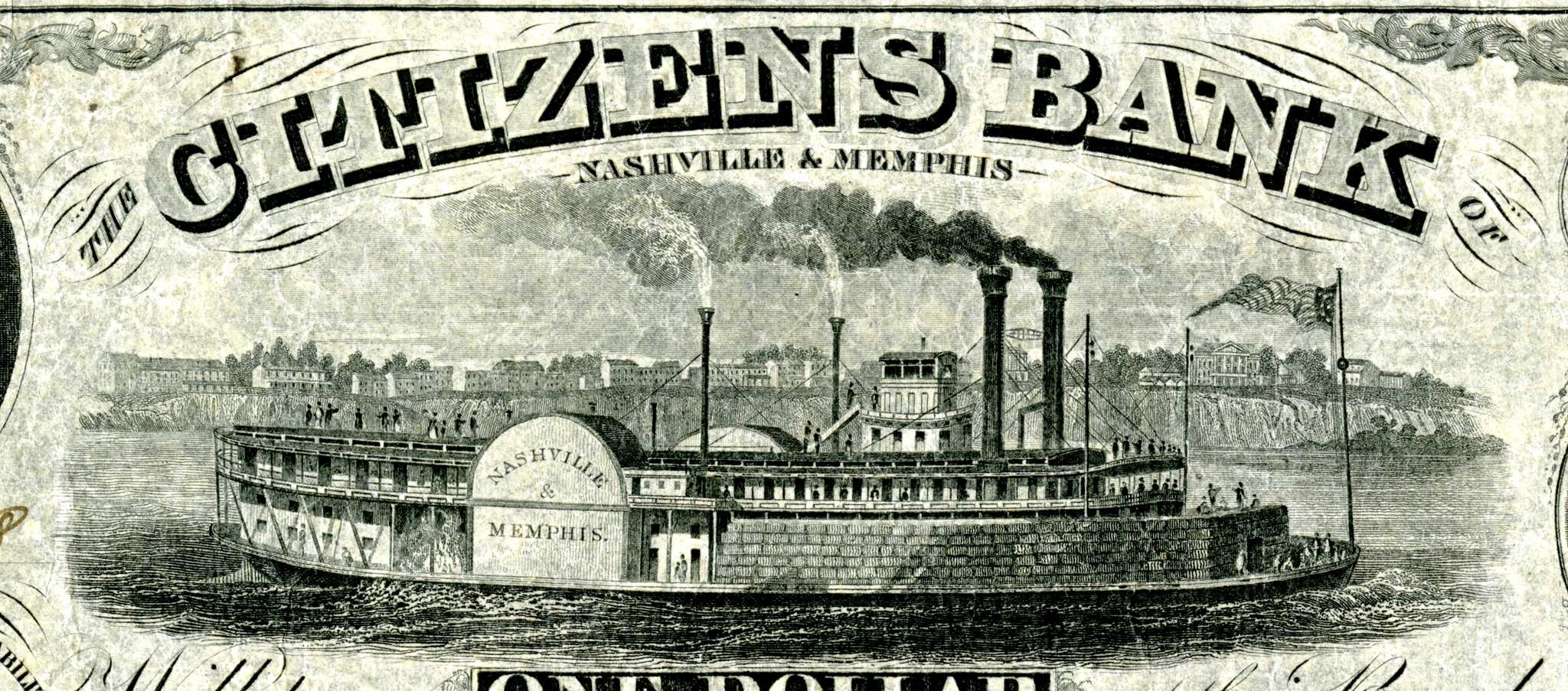Chapter 1
The Value of Freedom
Both the North and South had vested interests in the continuation of slavery. Industrial and financial businesses as well as institutions and individuals all benefited from the trade in Black people and the product of their labor. From as early as the colonial period, enslaved Black people figuratively and literally built the foundation of the nation, including having built the U.S. Capitol and the White House. Additionally, they built churches, universities, state houses, and profitable landscapes. Their labor provided a comfortable and even luxurious way of life for United States citizens, even as freedom and citizenship was denied to Black people.
Competing perspectives regarding slavery and defining freedom in the nation played out in the public arena and on the political stage. Interracial alliances were formed as abolitionists fought for the end of the inhumane system of human bondage. Yeoman white farmers and poor working-class white people fought against the continued growth of the wealthy class, lack of access to land, and competition against forced labor. Political lines were drawn, particularly mindful that the Three-Fifths Clause of the Constitution guaranteed political power in the hands of the enslavers with the continuation of slavery.
African Americans resisted—whether waging rebellions, slowing down production, or escaping from plantations. They were determined to be free. The momentum was building for the coming of war for the nation and the coming of freedom for enslaved Black people in it.
Slavery Shapes America
African American Families Enslaved by Mrs. Barnwell, in Mississippi
The lives and labor of enslaved African Americans transformed the United States into a world power. Yet they received no recognition or payment for what they created. By 1860 four million enslaved people produced well over 60 percent of the nation’s wealth, and the slave trade valued them at no less than $2.7 billion. Selling an enslaved person provided ready cash, explaining in part why roughly 600,000 people were sold in the domestic slave trade. This vast wealth, in human form, affected the entire nation.
Finance: Mortgaging Human Lives
Central Bank of Alabama
Slavery harnessed to cotton created wealth, and wealthy Americans created tools to protect and expand upon their investments. The Bank of the United States sold bonds in enslaved people to help finance roads, levees, canals, and railroads. Insurance companies sold policies to guarantee the “soundness” of enslaved people’s bodies. Even the U.S. postal service played a role by delivering financial news around the world regarding the prices of enslaved African Americans.
A hundred thousand new-born babes are annually added to the victims of slavery . . . instead of listening to the cry of agony, they [men] listen to the ring of dollars and stoop to pick up the coin.
Frances Ellen Watkins Harper, 1857
$2,500,000: Amount of slave-based bonds purchased by European investors | 1828 |
$25,700,000: Amount of bank credit issued from mortgaging of enslaved African Americans in Louisiana | 1859 |
Once a mortgage, always a mortgage, a maxim which in its operation as applied to female slaves, has often been attended with disastrous consequences to the mortgagees.
Chief Justice Frederick Nash, 1857
Industry: Built on Their Backs
Banknote Engraving, The Sanford Bank, Maine
Slavery spawned industrialization. Cotton grown in the South was shipped to New England or Britain, woven in textile mills into cheap negro cloth, then sold back to enslavers. The fabric was issued in two-yard allotments to enslaved people to make their own clothes. Worn to shreds within a year, new cloth was needed. Some of the first U.S. factories mass-produced hoes, shovels, whips, and restraints—tools used by enslaved people, or upon them.
When the price [of cotton] rises in the English market, the poor slaves immediately feel the effects, for they are harder driven, and the whip is more constantly going.
John Brown, Fugitive from Slavery, 1854
$29,376,000: Value of cotton produced by enslaved African Americans | 1832 |
45,000,000 feet: Amount of “negro cloth” produced in northern mills for the southern market | 1832 |
I speak [of] . . . an unhallowed union . . . between the cotton-planters and flesh-mongers of Louisiana and Mississippi and the cotton-spinners and traffickers of New England,—between the lords of the lash and the lords of the loom.
Charles Sumner, 1848
Agriculture: Slavery’s Harvest
Banknote Engraving, The Planters Bank of Winnfield, South Carolina
Most enslaved people labored in agriculture. Men, women, and children, pushed by the whip, produced cotton, rice, sugar, and tobacco valued at well over half of the gross national product. These enormous profits—invested in land, stocks and bonds, railroads, banks, and insurance companies— drove the national economy and triggered westward expansion. Agriculture was central to slavery for another reason. A rural landscape enabled white people to better control enslaved people. In a town or city, there was a greater chance of rebellion.
The planters care for nothing but 'to buy Negroes to raise cotton & raise cotton to buy Negroes.'
Unnamed Southerner to Edward Russell, 1854
$250,000,000: Value of cotton produced by enslaved African Americans | 1861 |
$3,059,000,000: Value assigned to enslaved African Americans | 1860 |
